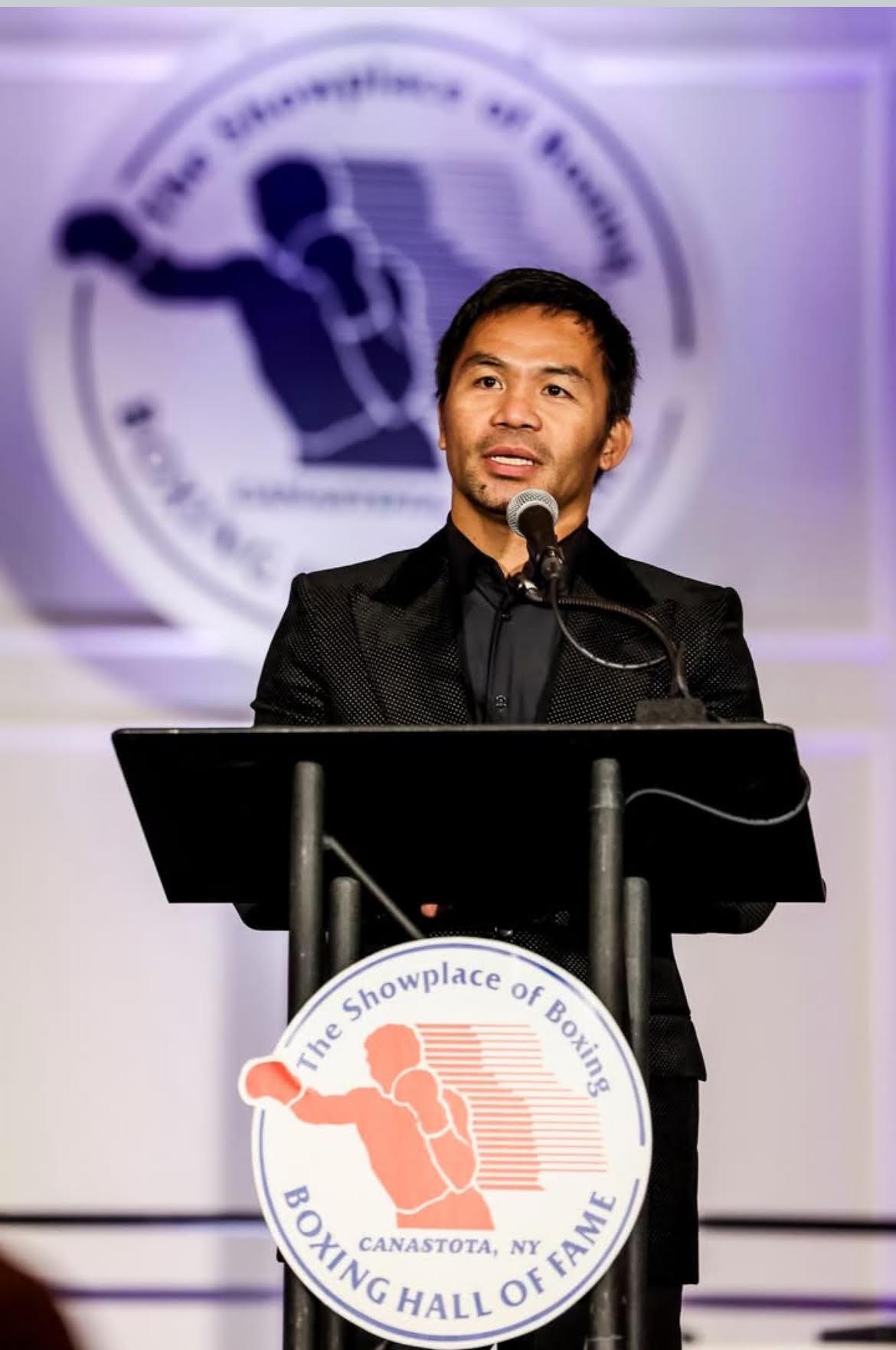EVERY two years, from around the world, the European Society of Biomechanics (ESB) gives its most prestigious award, the S.M. Perren Research Award, to the first author of the best scientific paper submitted to the Chairman of the Award Committee.
The largest Biomechanics society in Europe with almost 500 members from different countries in the world, ESB fosters the research, progress and information of Biomechanics and promotes excellence by recognizing outstanding scientists with prestigious awards given at the biennial ESB Congress.
In 2006, a young Filipino, Dr. Rommel Bacabac, received the most coveted S.M. Perren Research Award, previously named the ESB Research Award. Bacabac is the first author of the manuscript that his research group submitted. The “Round versus flat: Bone cell morphology, elasticity and mechanosensing” manuscript was presented at the 5th World Congress of Biomechanics on July 29-August 4, 2006 in Munich, Germany in front of the leading scientists in the world.
The 2006 S.M. Perren Research awardee told the Asian Journal: “Our research demonstrated the relevance of cell shape and mechanics on biological function with implications on tissue viability.”
In line with ESB’s mission to promote excellence in biomechanics research, Bacabac is dedicated to foster integration of clinical and basic science, and to facilitate the translation of that science to health care and clinical practice.
A multi-awarded and well-respected scientist and professor, Bacabac is also known for a research he did which helped the International Space Station.
“In 2004, I sent the experiment “FLOW” to the International Space Station to test whether the molecular stress‐responses of bone cells were altered by microgravity conditions. This is in view of the property of bone tissue to adapt its mechanical properties to daily experienced loading, which could be altered by the absence of weight‐bearing in space. The study had implications on bone loss‐ related diseases from the cellular level in space or on ground. In the bone formation process, certain molecules are responsible for providing an early signal, which make bone cells called osteocytes more sensitive to stress. The specific aim of this research proposal is to test whether the reduction in sensitivity to stress of these bone cells in weightlessness is brought about by a decrease in these early signaling molecules, “ explained Bacabac.
In 2003, Bacabac received the Experimental Award of Excellence for his work, “Fluid Shear Stress-Induced Activation of Bone Cells is Rate Dependent” presented at the 5th International Bone Fluid Flow Workshop in Ohio, USA.
Career and education
Bacabac earned his MS in Experimental Physics in 2001 and his PhD degree (cum laude) in 2006 from the Vrije Universiteit Amsterdam, The Netherlands. He graduated in 1998 from the University of San Carlos (USC), Cebu City, Philippines (BS Physics).
He also took some advanced MS Mathematics courses from the University of San Carlos (USC), Cebu City, Philippines and from Ateneo de Davao University, Davao City, Philippines.
Bacabac graduated as valedictorian in high school. Initially looking at a religious vocation, he took up theological studies in Christ the King Mission Seminary in Quezon City, Philippines, where he earned his AB Classical Philosophy (magna cum laude). He then took up Philosophy and Theology in 1993-1994 at the Ateneo de Davao University, Davao City, Philippines, and then earned some units for MA in Religious education in 1991-1993 at the Regional Major Seminary, Davao City, Philippines.
He currently heads the Medical Biophysics Group of the University of San Carlos, Philippines, which pursues research interests on the physics of life by investigating the elastic properties of biopolymers and living cells, using laser light to catch and watch microscopic probes, in order to derive new insights for clinical applications, diagnostics, and understanding health and disease at the molecular and cellular levels.
Bacabac is a respected member of the American Society for Cell Biology, European Society for Biomechanics, American Society for Gravitational and Space Biology, European Low Gravity Research Association, Samahang Pisika ng Pilipinas, The Dutch Society for Calcium and Bone Metabolism and the Interuniversitaire Onderzoeksschool Tandheelkunde.
“My research interests are the physics of cells and gels; protein design; biopolymer elasticity; mechanosensing; and active gels; microgravity; and space medicine,” explained Bacabac.
An author to hundreds of publications that are peer- reviewed and published in the major scientific journals in the world, Balabac’s scientific results are directed towards finding insights and societal translation for clinical applications, further contributing new knowledge relevant to regional and national economy.
Research and reward
Expressing his gratitude and appreciation for the awards he has received from the scientific community, Bacabac also stresses the importance of their research work. His passion for his work is rewarded by the acknowledgement of people, including Filipinos from around the world. “I am grateful when people show an interest and appreciate the value of our work,” he shared.
(www.asianjournal.com)
(LA Weekend April 14-17, 2012 Sec A pg.10)






